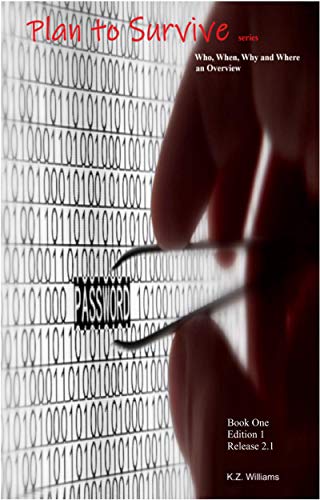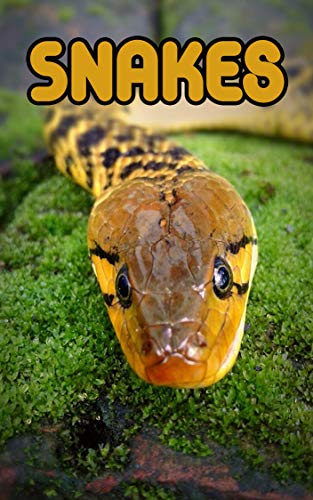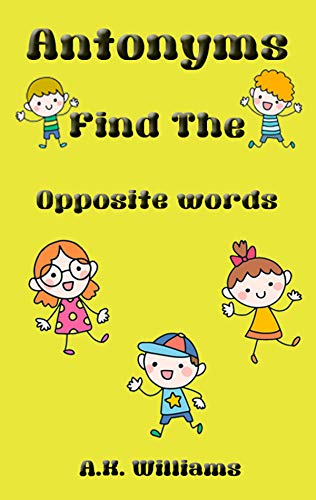A.K. Williams
You Can Think About: Rhyming Book For Kids and Family as Bed Time Story for beautiful poem
language
( April 11, 2019)
Improves Memory and Cognitive Development
Nursery rhymes are on a very basic level examples which can enable kids to improve their review and remembrance abilities. Moreover, most rhymes are stories with a starting, center, and end. This structure can enable youngsters to get circumstances and logical results and sharpen their successive thinking.
Strikingly, the subjective advancement advantages of rhymes even reach out to embryos. An examination from the University of Florida requested that pregnant ladies recount a nursery rhyme to their infants three times each day for about a month and a half toward the start of their third trimester (28 weeks). The analysts at that point tried fetal acknowledgment of a similar rhyme spoken by an outsider at 34 weeks. By checking the babies' pulse, the analysts found that the hatchlings perceived the rhyme, proposing the intensity of rhyme to encourage memory and thinking.
Rhyming Develops Literacy
Analysts initially found the connection among's rhyming and perusing during the 1980s. From that point forward, think about after examination has recommended that great rhymers end up being great perusers. Nursery rhyme books are usually a youngster's first involvement with education, presenting them to phonetics and word constituents.
For example, kids who discuss the expression "feline in the cap on a tangle" can recognize that "at" is the word fragment or shared factor. Understanding constituents along these lines enable youngsters to separate new words into little words, an ability called phonemic mindfulness. Kids who do this well are probably going to encounter perusing accomplishment not far off.
Advances in Language Development
Rhymes advance language learning in a few different ways. For one, youngsters hear how vowels and consonants sound when they tune in to nursery rhymes. Rhymes exhibit how to join these sounds to shape words. Rhymes likewise show fitting pitch, voice articulation, rhythm, volume, and beat.
Besides, nursery rhymes frequently open kids to unprecedented words, in this way extending their vocabularies. For instance, There Was an Old Woman Who Lived in a Shoe incorporates words like "whipped," "soundly," and "stock." Often, kids carry on nursery rhymes, which causes them to put these new words in a setting.
Empowers Social and Emotional Development
Presenting nursery rhymes is a magnificent holding movement, regardless of whether for a gathering of kids or for guardians and kids. Remembering and recounting nursery rhymes energizes self-articulation and manufactures certainty since rhymes are so natural to learn. Further, numerous nursery rhymes contain humor and different feelings, helping kids build up these capacities with respect to themselves.
In Short
Nursery rhymes may appear to be a senseless, inefficient hobby, yet volumes of experimental proof recommend that they are really important educational apparatuses for little kids. Rhymes help build up the memory, language abilities, and perusing aptitudes such that slips in under children's radars in light of the fact that, to the exclusion of everything else, rhymes are out and out fun. On the off chance that you might want to find out about how you can encourage your youngster's initial instruction experience, demand a free data unit from K12.
Nursery rhymes are on a very basic level examples which can enable kids to improve their review and remembrance abilities. Moreover, most rhymes are stories with a starting, center, and end. This structure can enable youngsters to get circumstances and logical results and sharpen their successive thinking.
Strikingly, the subjective advancement advantages of rhymes even reach out to embryos. An examination from the University of Florida requested that pregnant ladies recount a nursery rhyme to their infants three times each day for about a month and a half toward the start of their third trimester (28 weeks). The analysts at that point tried fetal acknowledgment of a similar rhyme spoken by an outsider at 34 weeks. By checking the babies' pulse, the analysts found that the hatchlings perceived the rhyme, proposing the intensity of rhyme to encourage memory and thinking.
Rhyming Develops Literacy
Analysts initially found the connection among's rhyming and perusing during the 1980s. From that point forward, think about after examination has recommended that great rhymers end up being great perusers. Nursery rhyme books are usually a youngster's first involvement with education, presenting them to phonetics and word constituents.
For example, kids who discuss the expression "feline in the cap on a tangle" can recognize that "at" is the word fragment or shared factor. Understanding constituents along these lines enable youngsters to separate new words into little words, an ability called phonemic mindfulness. Kids who do this well are probably going to encounter perusing accomplishment not far off.
Advances in Language Development
Rhymes advance language learning in a few different ways. For one, youngsters hear how vowels and consonants sound when they tune in to nursery rhymes. Rhymes exhibit how to join these sounds to shape words. Rhymes likewise show fitting pitch, voice articulation, rhythm, volume, and beat.
Besides, nursery rhymes frequently open kids to unprecedented words, in this way extending their vocabularies. For instance, There Was an Old Woman Who Lived in a Shoe incorporates words like "whipped," "soundly," and "stock." Often, kids carry on nursery rhymes, which causes them to put these new words in a setting.
Empowers Social and Emotional Development
Presenting nursery rhymes is a magnificent holding movement, regardless of whether for a gathering of kids or for guardians and kids. Remembering and recounting nursery rhymes energizes self-articulation and manufactures certainty since rhymes are so natural to learn. Further, numerous nursery rhymes contain humor and different feelings, helping kids build up these capacities with respect to themselves.
In Short
Nursery rhymes may appear to be a senseless, inefficient hobby, yet volumes of experimental proof recommend that they are really important educational apparatuses for little kids. Rhymes help build up the memory, language abilities, and perusing aptitudes such that slips in under children's radars in light of the fact that, to the exclusion of everything else, rhymes are out and out fun. On the off chance that you might want to find out about how you can encourage your youngster's initial instruction experience, demand a free data unit from K12.
- Pages
- 21
Enjoy reading You Can Think About: Rhyming Book For Kids and Family as Bed Time Story for beautiful poem? You may also like these books
-

K. Z. Williams
Plan to Survive: Who, When, Why, and Where: an Overview
Paperback (Independently published Sept. 19, 2019) -

R.A. Williams
The Cult of New Canaan: An Amari Johnston Novel, Volume 2
Paperback (Independently published Oct. 3, 2018) -

K G Williams
The Seer of Karnak
Paperback (CreateSpace Independent Publishing Platform Dec. 7, 2016) -

A.K. Williams
Cats Krazy Facts for Krazy Kids: Photobook of Cats With fun Facts about Cats for Kids and Toddlers to have knowledge.
eBook ( April 6, 2019) -
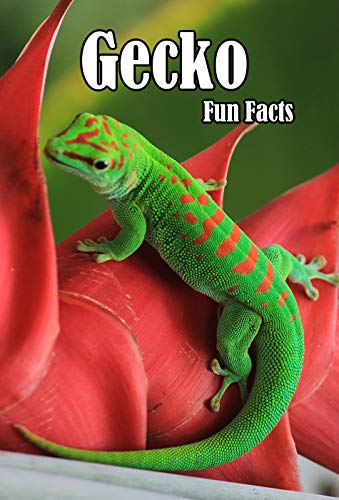
A.K. Williams
Gecko Fun Fact: Photobook with real images of Variety Gecko around the World for Kids Enjoying
language ( April 5, 2019) -
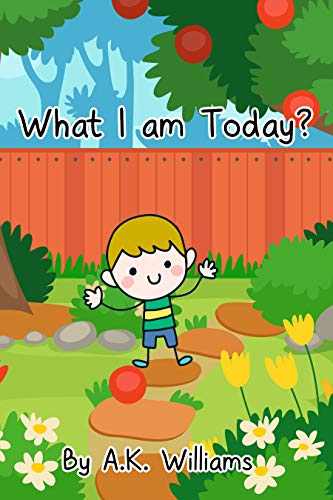
A.K. Williams
What I am Today?: Bed Time Story For Kids toddler Children age 2-6 Yrs to create imagination to their minds.
language ( April 22, 2019) -

A.K. Williams
Math Riddles for Smart Kids : Brain Teaser Logic Puzzles Activity Book for kids to experience about fun and vocabulary
language ( March 31, 2019) -
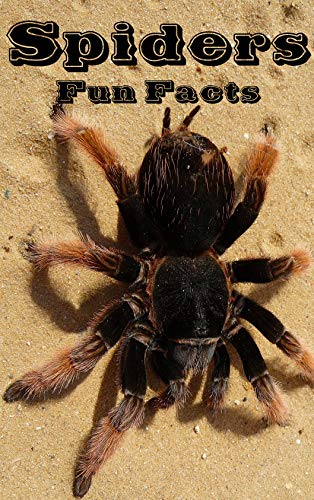
A.K. Williams
Spiders Fun Facts: 25 Facts With Real Images For The Most Incredible Article about Spiders You'll Ever Read For Kids & Adults
language ( April 7, 2019) -
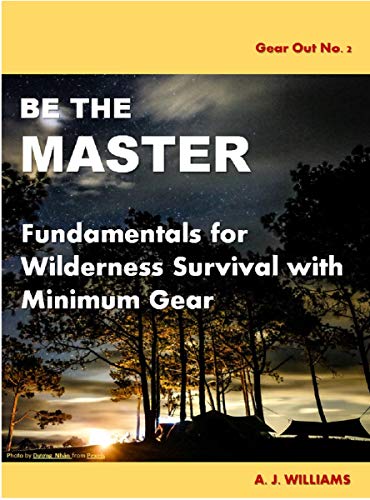
A. J Williams
BE THE MASTER, Fundamentals For Wilderness Survival with Minimum Gear
language ( Nov. 7, 2019) -

K.D. Williams
Rise of the Country Oliria: Mysteries in the Locket
language (K.D. Williams Jan. 3, 2014) -

R.A. Williams
Sixty-Five Roses: An Amari Johnston Novel, Volume 3
(Independently published Feb. 15, 2020) -
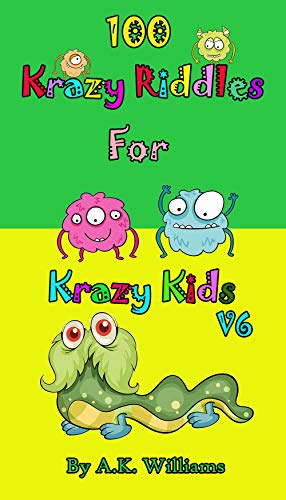
A.K. Williams
100 Krazy Riddles for Krazy Kids: Riddles & Jokes With fun for Smart Kids and Family Brain Teaser Game
language ( April 20, 2019) -
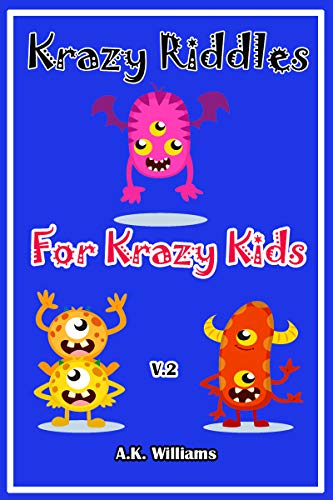
A.K. Williams
Krazy Riddles for Krazy Kids V.2: Children's Joke and Riddle Conversation Game Book to Create Relationship in Family
eBook ( April 3, 2019)

